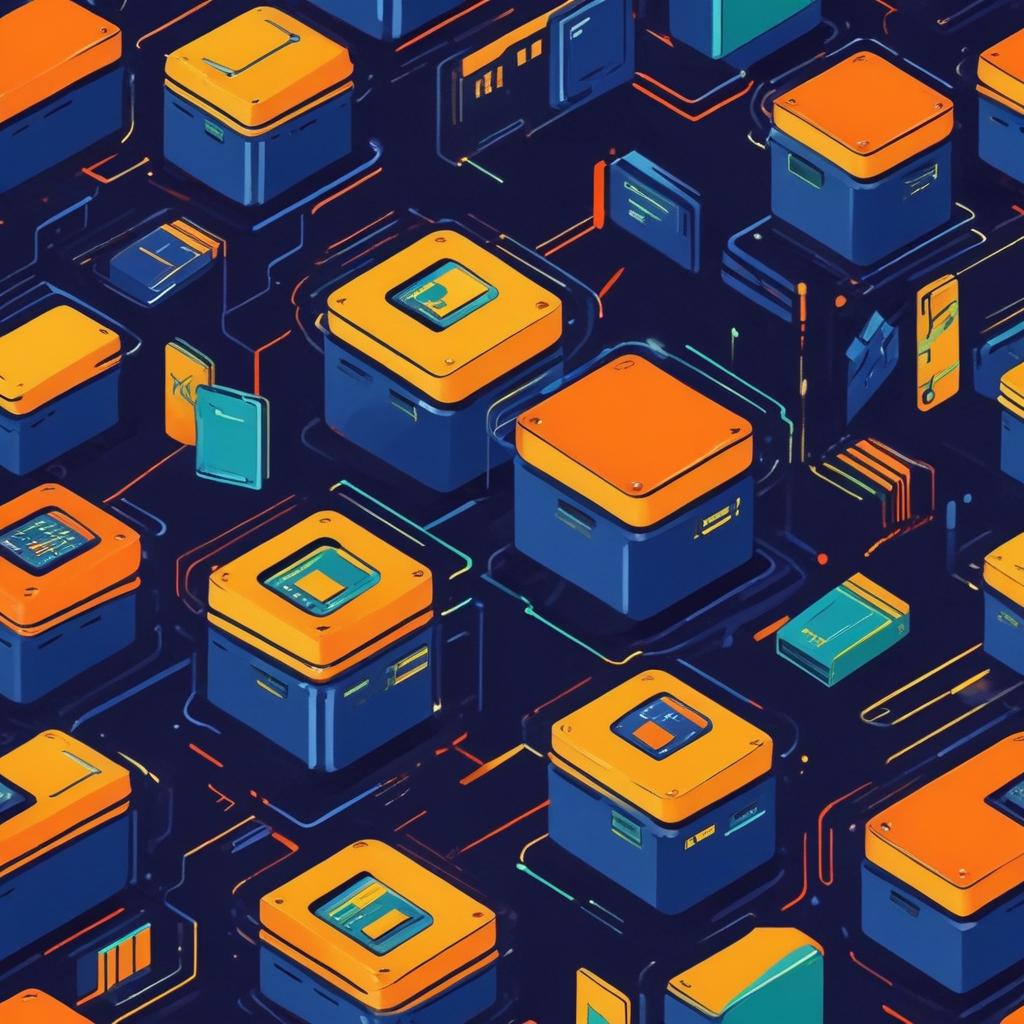Nvidia RTX 5090 Reset Bug: A Need for Critical Analysis

The recent report from Tom's Hardware highlights a troubling issue with Nvidia’s latest GPUs, specifically the RTX 5090 and RTX PRO 6000. Users have encountered a virtualization reset bug that renders these graphics cards entirely unresponsive. This issue requires a reboot of the host system to regain functionality. CloudRift, a GPU cloud provider, took the initiative by offering a $1,000 reward for anyone who can identify a fix. This bug not only disrupts individual users but also raises concerns about the reliability of virtualized environments relying on Nvidia’s technology.
While this report certainly amplifies the gravity of the situation, it also leads us to consider the broader implications of such technical difficulties:
- Immediate operational disruptions for users relying on GPUs for virtualization.
- Potential financial ramifications for businesses affected by downtime.
- Quality assurance concerns about Nvidia's latest offerings, especially given the lack of an official acknowledgment from the company.
On the one hand, highlighting such issues emphasizes Nvidia’s commitment to refining their products through user feedback, reinforcing trust in the tech community. But are these responses sufficient? The ramifications of persistent bugs, especially in high-end GPUs, must not be understated.
Several underlying assumptions and potential weaknesses deserve scrutiny:
- Does the absence of reported issues in older models like the RTX 4090 definitively indicate a hardware defect in the new Blackwell family? This could mislead users, suggesting that these new GPUs are less capable when they might simply need refinements.
- The report rests heavily on user experiences, yet anecdotal evidence doesn't always represent the broader user base. How many users are genuinely affected?
Alternative explanations could shed light on these challenges. User setup issues, software incompatibility, or configuration mistakes may contribute to the reported bugs rather than outright defects in the GPUs themselves. Such variables could skew the perception of Nvidia's reliability.
As consumers, considering counterarguments against the overwhelming criticisms makes for a more balanced perspective:
- Tech glitches are not unique to Nvidia; other major players in the GPU space encounter similar challenges upon releasing new models.
- It’s also worth noting the challenges associated with cutting-edge technology; users often experience unexpected issues as companies push the envelope of performance.
This experience reinforces the necessity for ongoing dialogue and transparency between manufacturers and their user community. It’s essential that companies like Nvidia recognize user feedback as invaluable, facilitating quicker resolutions to emerging issues.
Understanding these complexities enhances the clarity surrounding Nvidia's situation, yet it's crucial to acknowledge the real concerns users face. The community needs solutions to these problems, but with proper communication, one can envision improvements in future GPU designs.
As experts in the data recovery sector, DiskInternals knows all too well the implications of data loss. We develop recovery software for both virtual and real environments, allowing users to mitigate risks associated with data loss. In light of current GPU issues, our tools provide reassurance for safeguarding critical data.
Balancing these considerations reveals a complex landscape—where innovation and challenges coexist, prompting us all to think critically about the technology we use every day.